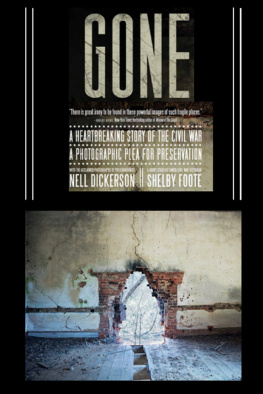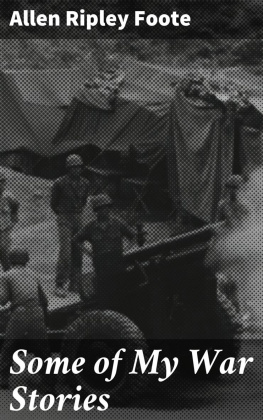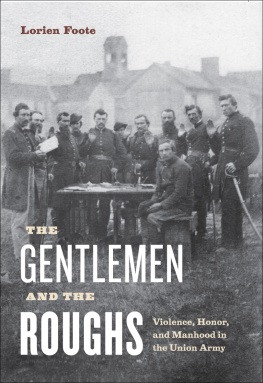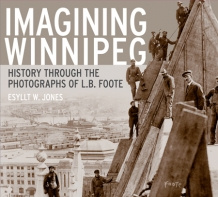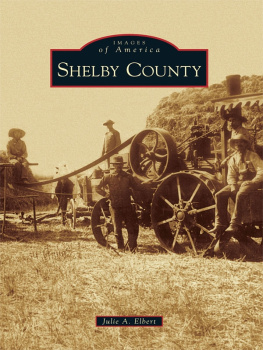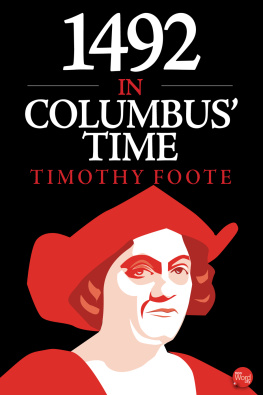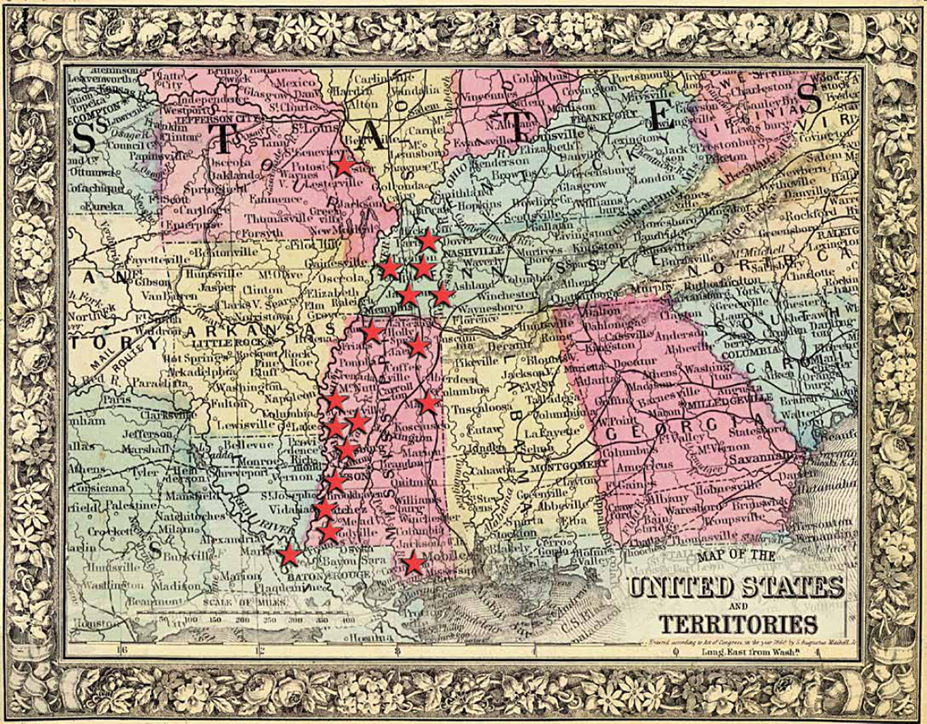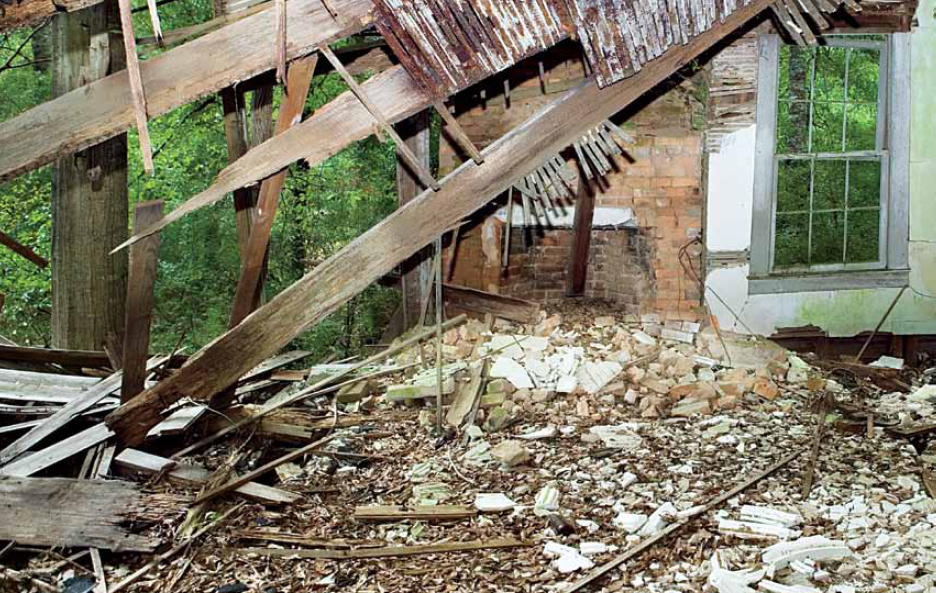Shelby Foote - Gone: A Photographic Plea For Preservation
Here you can read online Shelby Foote - Gone: A Photographic Plea For Preservation full text of the book (entire story) in english for free. Download pdf and epub, get meaning, cover and reviews about this ebook. year: 2011, publisher: BelleBooks Inc., genre: Detective and thriller. Description of the work, (preface) as well as reviews are available. Best literature library LitArk.com created for fans of good reading and offers a wide selection of genres:
Romance novel
Science fiction
Adventure
Detective
Science
History
Home and family
Prose
Art
Politics
Computer
Non-fiction
Religion
Business
Children
Humor
Choose a favorite category and find really read worthwhile books. Enjoy immersion in the world of imagination, feel the emotions of the characters or learn something new for yourself, make an fascinating discovery.
- Book:Gone: A Photographic Plea For Preservation
- Author:
- Publisher:BelleBooks Inc.
- Genre:
- Year:2011
- Rating:3 / 5
- Favourites:Add to favourites
- Your mark:
Gone: A Photographic Plea For Preservation: summary, description and annotation
We offer to read an annotation, description, summary or preface (depends on what the author of the book "Gone: A Photographic Plea For Preservation" wrote himself). If you haven't found the necessary information about the book — write in the comments, we will try to find it.
Photographer and architect Nell Dickerson began her exploration of antebellum homesteads with encouragement from her cousin-in-law, renowned Civil War historian and novelist Shelby Foote. Her passion for forgotten and neglected buildings became a plea for preservation. Gone is a unique pairing of modern photographs and historical novella. In Pillar of Fire, Foote offers a heartbreaking look at one mans loss as Union troops burn his home in the last days of the Civil War. Dickerson shares fascinating and haunting photographs, shining a poignant light on the buildings which survived Shermans burning rampage across the Confederacy, only to fall victim to neglect, apathy and poverty. From the photographer: The Civil War had been over for exactly ninety years in 1954, when my cousin, Shelby Foote, publishedPillar of Fireas part of his novel, Jordan County: A Landscape in Narrative. The books stories painted a vivid picture of a fictitious Mississippi county steeped in Southern culture. Pillar of Fire took readers into a heartbreaking and commonplace scene late in the Civil War, when Union troops moved through the civilian South destroying not only plantations but also ordinary homes and cabins. Those troops, battle-hardened and bitter from the loss of their own brethren, take no joy in burning a home in front of its dying, elderly owner and his frail servants. The cruelty of the circumstances is as much a given for them as the dying mans grief over all the memories that burn with his house. Now, on the eve of the Civil Wars 150th commemoration, my mission is to draw attention not only to the architectural heritage devastated by the war but also the heritage weve lost since then: to neglect, to poverty, and to shame, as the wars infamy colored the attitudes of later generations and tainted the homes those generations inherited. What the war didnt take, time and apathy did. And yet those grand old homes whether mansion or cabin deserve our reverence and protection.
Shelby Foote: author's other books
Who wrote Gone: A Photographic Plea For Preservation? Find out the surname, the name of the author of the book and a list of all author's works by series.

